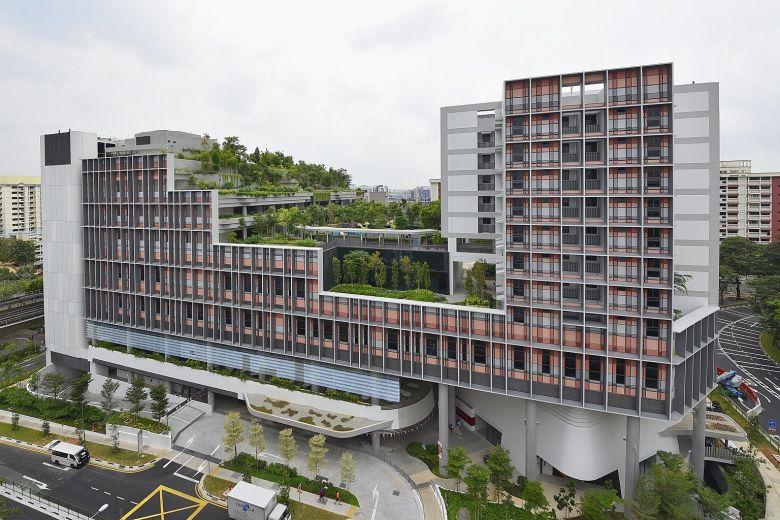 The new establishment will consist of childcare centre and facilities for the elderly. Photo credit: Dios Vincoy Jr/Straits Times
The new establishment will consist of childcare centre and facilities for the elderly. Photo credit: Dios Vincoy Jr/Straits TimesLocal clusters of the 2019 coronavirus disease (COVID-19) can be expected in countries with high travel volume from China before the lockdown of Wuhan and the institution of travel restrictions, according to a study in Singapore, wherein three initial clusters had been identified in February 2020: a tour group from China, a company conference, and a church.
As severe acute respiratory syndrome coronavirus 2 (SARS-CoV-2), the causative agent for COVID-19, is transmissible in community settings, “[i]t is important for countries to do active case-finding among close contacts of cases to prevent clusters from spreading,” the researchers said.
Epidemiological and clinical data from individuals with confirmed COVID-19 were obtained through interviews and inpatient medical records. Field investigations were also conducted to assess interactions and possible modes of transmission of SARS-CoV-2. The researchers also obtained open-source reports for overseas cases and reported the median incubation period of the novel CoV.
Thirty-six cases of COVID-19 were linked epidemiologically to the first three clusters of circumscribed local transmission in Singapore as of 15 February 2020, leading to the quarantine of 425 close contacts. There had been direct or prolonged close contact reported among those affected. However, indirect transmission (eg, via fomites and shared food) remained a possibility. [Lancet 2020;doi:10.1016/S0140-6736(20)30528-6]
Environmental contamination of common-touch surfaces have been discovered in the isolation room of a confirmed case in Singapore. [JAMA 2020;doi:10.1001/jama.2020.3227
“This finding highlights the importance of emphasizing personal and hand hygiene as a key public-health message that countries should adopt,” the researchers noted.
The median incubation period of SARS-CoV-2 was 4 days (interquartile range, 3–6). This was consistent with the finding of another study, which reported an estimated median incubation period of 5.1 days (95 percent confidence interval, 4.5–5.8 days). The serial interval between transmission pairs ranged from 3 to 8 days. [Ann Intern Med 2020;doi:10.7326/M20-0504]
Human-to-human transmission in Singapore was initially detected 11 days after the confirmation of the first imported case. China put Wuhan under lockdown on 23 January 2020 and suspended all outgoing tour groups beginning 27 January 2020, nearly a month after the novel CoV was first reported in the capital city of Hubei Province.
“Despite these measures, local clusters were subsequently identified in Singapore, with probable links to travelers from China before the measures to curb travel were implemented,” the researchers said. “Although the primary case or cases in all three clusters cannot be conclusively identified, they are postulated to be tourists or business visitors from China.”
Enhancement of surveillance systems is thus important for countries, especially those with a high travel volume from China, to identify local cases, not just among those with a travel history to China since cases could already be present in the local community, according to the researchers.
“Such surveillance systems are, therefore, important to identify cases in the community who would be missed if the focus were only on travelers, and they have enabled prompt investigation and containment measures,” they added.